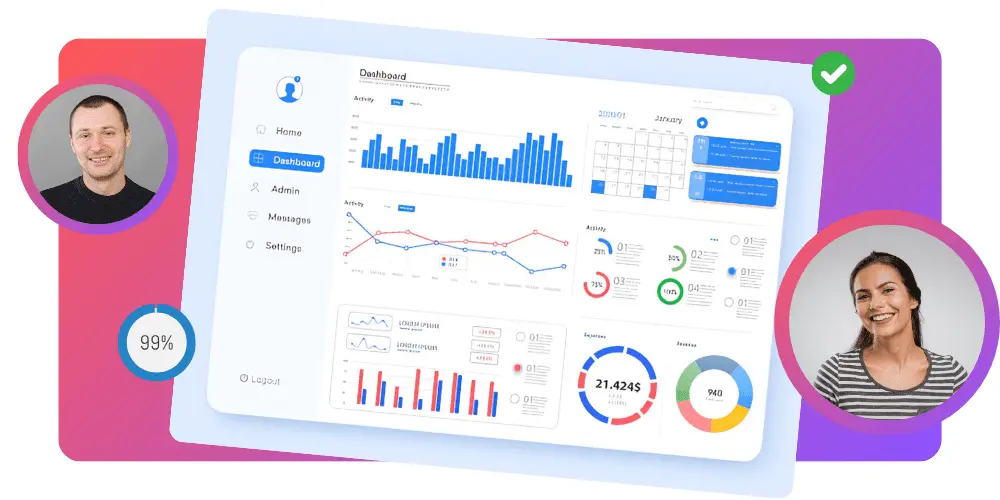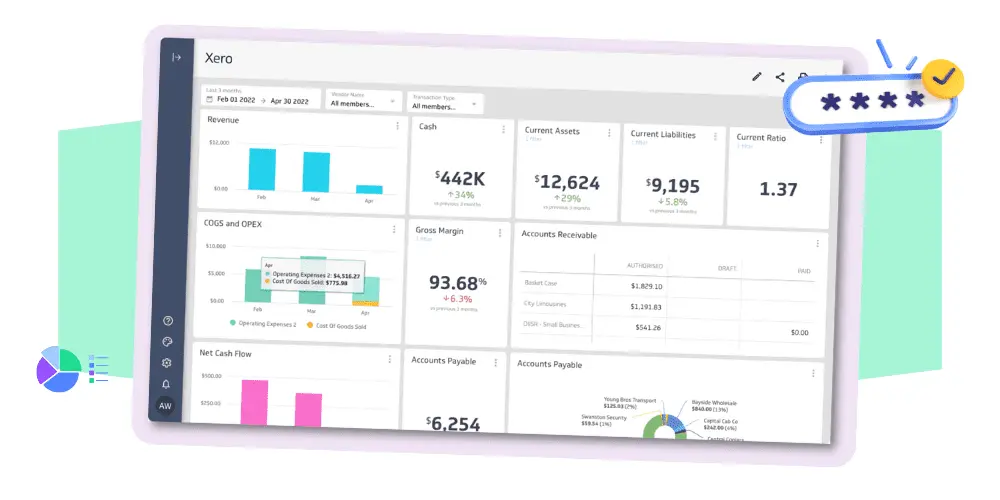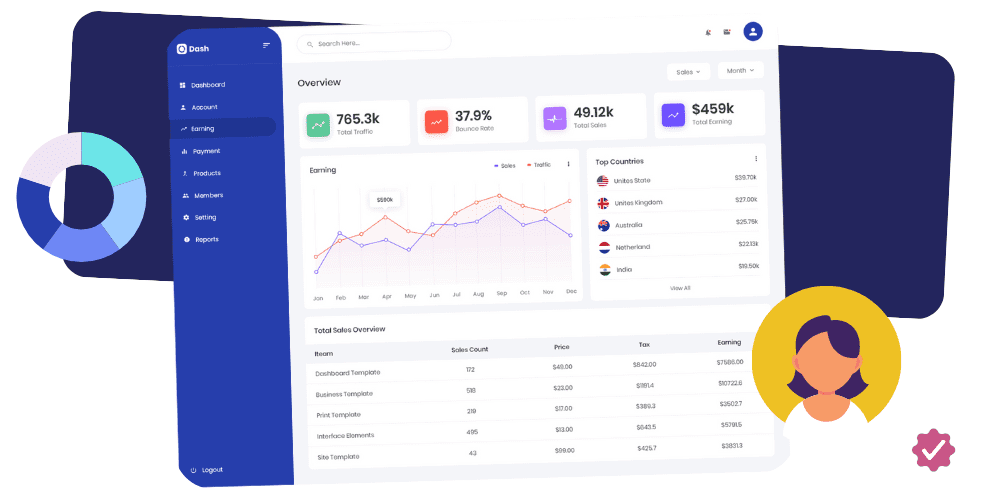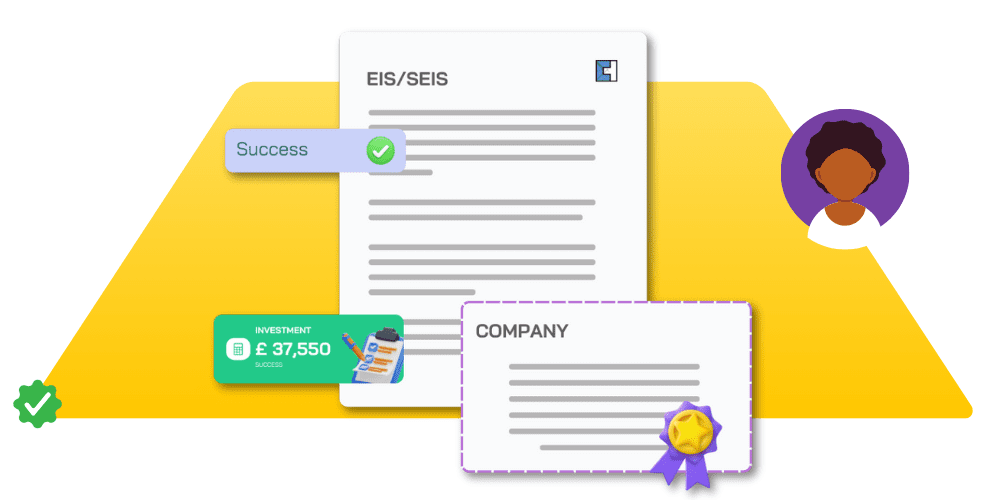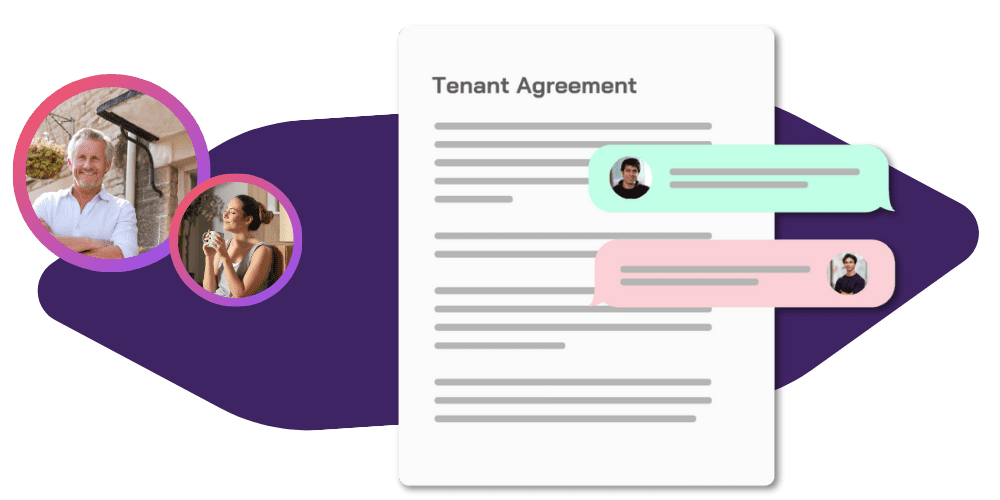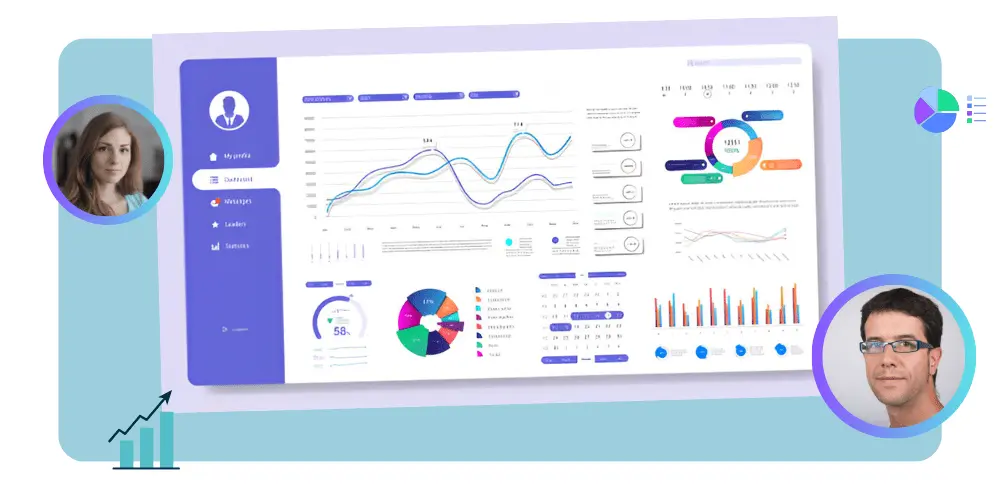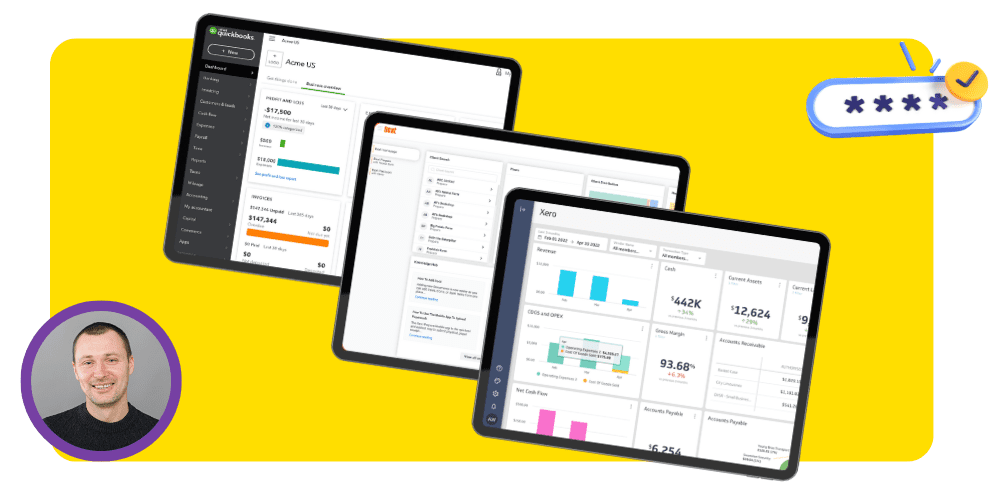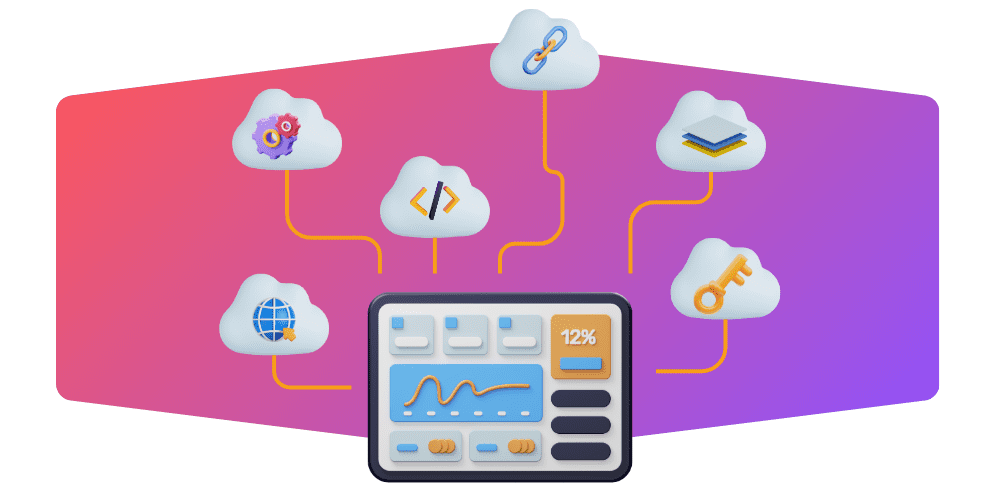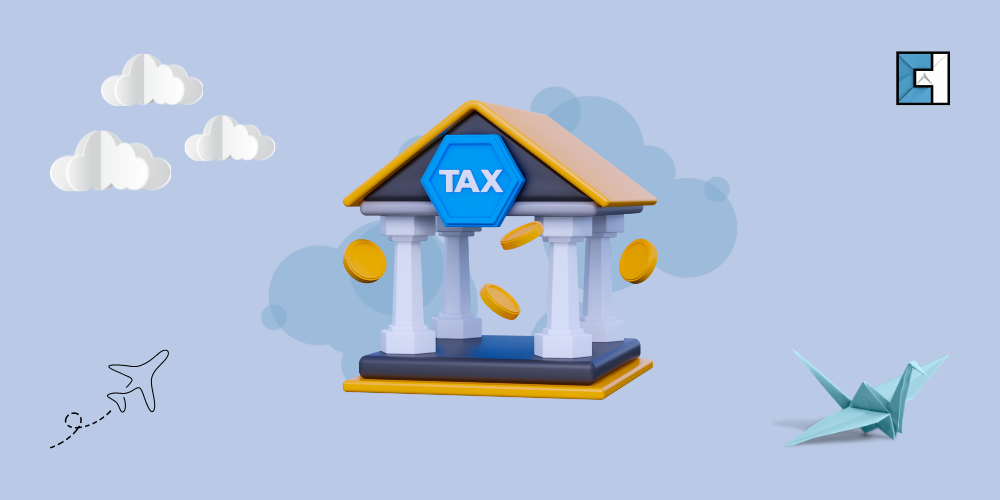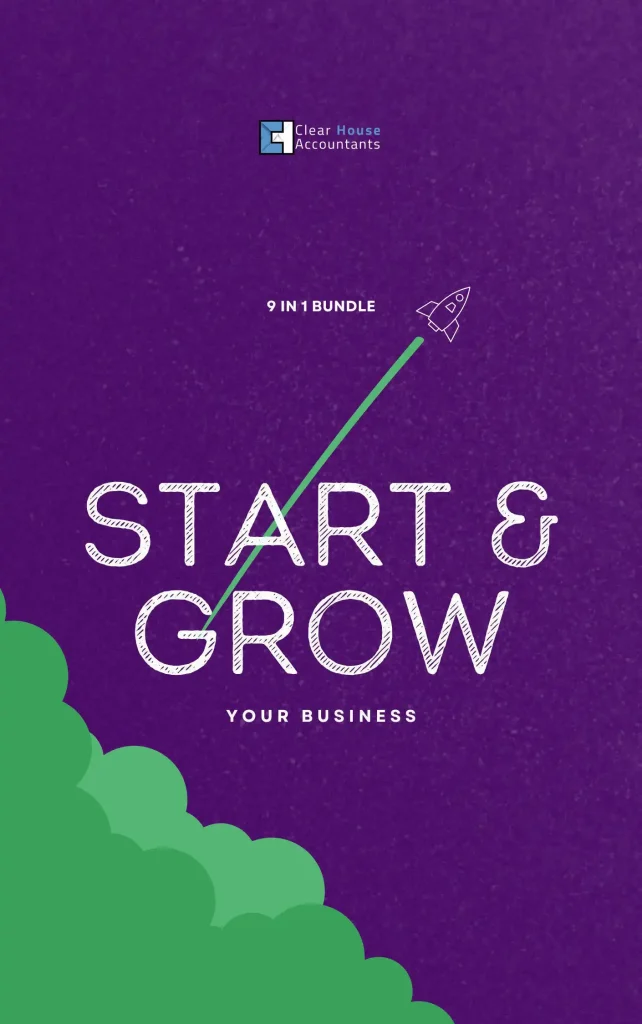Raising funds can be challenging for startups. The Seed Enterprise Investment Scheme is quite an innovative option to help startups raise funds. It is currently one of the most ideal sources of funding for early-stage companies. Attracting investors to a startup based on just a great concept can be tricky, especially when the business has no credible history of success or proof of revenue generation. New Businesses that are pre-revenue or at the MVP stage rely heavily on external funding other than bootstrapping to enable them to take their idea to market and grow; unfortunately, startups are considered high-risk investments with a possible 80% chance of failure, which is regarded as too high of a risk for most investors.
In 2012, the UK government introduced a new opportunity, the Seed Enterprise Investment Scheme (SEIS), to encourage riskier investments in smaller businesses. Individuals who invest in early-stage, small businesses under the SEIS get significant tax breaks. SEIS can also work with the Enterprise Investment Scheme (EIS) if the investment required is too big to fit under the SEIS only.
The SEIS and the EIS scheme offer protection to investors while helping businesses get the capital they need to grow and develop.
Understand the full spectrum of funding options for startups by exploring our comprehensive guides on SEIS, EIS compliance, and other investment opportunities.
What is the Seed Enterprise Investment Scheme – SEIS?
SEIS was introduced to support early-stage businesses by promising investors a reduced risk through suitable tax breaks, encouraging them to invest. The tax break offered is up to 50% in the form of income tax relief.
Those who invest up to £200,000 in a firm via SEIS are eligible for a 50% income tax credit. In addition to the reduction in income tax, shareholders who wait three years before selling their shares will not have to pay capital gains tax on the proceeds.
If a company is granted SEIS status, it immediately becomes more valuable and less risky to potential investors. In fact, early-stage businesses with an approved SEIS status are far more likely to be able to raise funding, confirming a possible positive return on investment.
Investments That Qualify For SEIS
SEIS applies to ordinary shares that are new, full risk, and are fully paid in cash at the time of issuance.
The investments done must be utilised as capital funding for the company and must be spent on one or more of the following within three years of investment:
- Eligible trade
- Preparing to execute the eligible or qualifying trade
- Investment in R&D with the expectation to lead to an eligible trade
Other factors to consider are
- No loans to the investor or their affiliates should be tied to the subscription of shares, and the claims should have no preferential rights other than restricted rights to Dividends.
- An investor cannot be shielded from the usual dangers of buying shares by any arrangement, nor may any party benefit in a manner other than that contemplated by the plan.
- The shares must be kept for at least three years, and there can be no agreement to sell them after a certain time.
- The maximum amount an investor may invest in the program is £200,000, but a corporation is allowed to raise funds through other investors up to £350,000 in the lifetime of your company. Any investments made beyond this amount will not be eligible for a tax deduction.
What Businesses Qualify For SEIS Investment?
Your business qualifies for the program if it meets all of the following criteria:
- It is already well-established in the United Kingdom
- Your company is carrying out a fresh qualifying trade
- It has been trading for three years
- Does not have more than £350,000 in total assets as of the date of issuance of shares
- Not listed on any major stock exchange at the time of issuance
- Has 25 or fewer employees when shares are issued
- Does not own any other businesses unless the other company is a qualifying subsidiary
- Has not been acquired by another company since its incorporation
- If the company is not a member of a partnership
- Has not received funding from the Venture Capital Investment Company or EIS
If a company is based outside the UK but has a permanent establishment in the UK, it may still be eligible for SEIS. Such a company would need either of the following to be qualified for SEIS:
- An office, factory, or retail location in the UK
- an agent located in the UK working on behalf of the firm, and the authority to bind the company to contracts
Your company may not be eligible for SEIS if more than 20% of the trade includes:
- Legal or financial services
- Generation of energy, such as electricity and heat
- Farming or market gardening
- Coal or steel production
- Banking, insurance, debt or financing services
- Property development
- Running a hotel
- Leasing activities
- Running a nursing home
- Production of gas or other fuel
- Exporting electricity

How is the SEIS Investor Eligible?
It’s not just the company that needs to be qualified for the SEIS, but you may also consider reviewing the following criteria regarding the investors that must be satisfied:
- Investors need to be individuals and not corporations or trusts
- The investor must be liable for UK income tax
- The investor cannot be “connected” with the firm nor have an interest (including having voting rights, rights to assets on winding up, or share capital) of more than 30%. Moreover, the investor must not be an employee nor have a close relative as an employee in the company. However, the investor can be a director of the company.
- The investor’s total investment in SEIS-eligible businesses during that year cannot exceed £200,000.
- The tax relief is contingent upon the investor holding the shares for at least three years.
How Can You Buy SEIS Investments?
Investments in SEIS are not publicly listed as EIS investments are, but you can get in on the action by working with a professional broker or a crowd funding platform.
SEIS opportunities abound, both in the form of standalone businesses and diversified portfolios. Since the offers may be perpetual, you may invest in SEIS portfolios anytime.
How Can You Sell SEIS Investments?
Since SEIS shares are not publicly traded, you cannot sell them like an investment trust. Instead, it is up to management to devise an exit strategy for investors to get their money and any tax-free growth back.
Management will typically indicate the targeted exit strategy and timeline (usually four years). Management buyouts, trade sales, and refinancing are all common exit strategies.
SEIS is a long-term investment, and an investor cannot withdraw before the required three years to retain the potential tax relief.
SEIS: How Do You Get Started?
Step 1: Create a Business Plan
Formulate a detailed plan for your company’s future. This is the area where you plan the procedures, budget, and estimate your business expenses. A carefully considered business plan is essential for drawing in investors and demonstrating your eligibility for SEIS.
Step 2: Seeking Investors
Finding potential investors interested in investing in your company is crucial to take advantage of the Seed Enterprise Investment Scheme (SEIS).
Step 3: Advance Assurance Application
Advance Assurance must be requested from HMRC before issuing shares and obtaining SEIS tax benefits. This isn’t required, but it helps reassure possible investors.
The following items are usually required when applying for Advance Assurance:
- Company’s business plan
- Specifics about the subsequent stock distribution
- Details about the potential investors and the sums they want to invest
- Extra supporting materials, if needed
Step 4: Share Issuance
You may begin issuing shares to SEIS investors after acquiring Advance Assurance (if you applied for it). Ensure all SEIS requirements are met and that the shared issuance paperwork is correct.
Step 5: Fill Out the Complete SEIS1 Form
HMRC’s compliance statement SEIS1 form must be completed in full for investors to be eligible for tax reduction under the SEIS. This form must contain some business, share, and investor data.
You can submit a compliance statement if you are the company secretary, a director, or an agent. However, it is important to understand the requirements for submitting your compliance statement. You may only be allowed to submit it if the issuing company or the eligible 90% of the subsidiary of that company has met at least one of the following conditions:
- Carried out a fresh, eligible trade reflecting the activities of the company for at least four months
- Has spent at least 70% of the capital raised by the relevant share issue.
Conclusion
Business owners and investors wishing to support high-risk companies to receive significant tax benefits should consider the Seed Enterprise Investment Scheme (SEIS). Applying for SEIS involves both benefits and risks. Our Specialist Team at Clear House Accountants can help you maximise your SEIS benefits to handle the complex requirements of SEIS while mitigating the risks for your business.
Additional Resources




